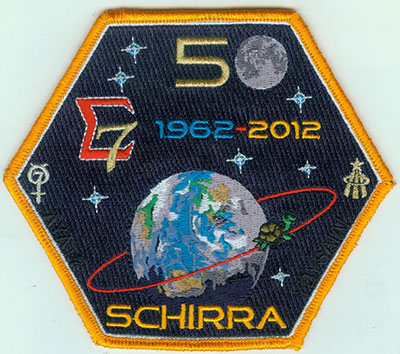

That mineral transition typically happens in temperatures in excess of 3,000 degrees Fahrenheit - far hotter than what could be generated by grass fires, Schultz says.Īnalysis of the samples revealed a mineralogy consistent with a cometary origin. The analysis found minerals called zircons that had thermally decomposed to form baddeleyite. Along with researchers from the Fernbank Science Center in Georgia, Chile’s Universidad Santo Tomás and the Chilean Geology and Mining Service, Schultz and colleagues performed a detailed chemical analysis of dozens of samples taken from glass deposits across the region. The mineralogy of the glass casts further serious doubt on the grassfire idea, Schultz says. That’s consistent with a large incoming meteor and airburst explosion, which would have been accompanied by tornado-force winds. The glasses show evidence of having been twisted, folded, rolled and even thrown while still in molten form.

During the Pleistocene epoch, there were oases with trees and grassy wetlands created by rivers extending from mountains to the east, and it’s been suggested that widespread fires may have burned hot enough to melt the sandy soil into large glassy slabs.īut the amount of glass present along with several key physical characteristics make simple fires an impossible formation mechanism, the new research found. Some researchers have posited that the glass resulted from ancient grass fires, as the region wasn’t always desert.

There’s no evidence that the glasses could have been created by volcanic activity, Schultz says, so their origin has been a mystery. Fields of dark green or black glass occur within a corridor stretching about 75 kilometers. The glasses are concentrated in patches across the Atacama Desert east of Pampa del Tamarugal, a plateau in northern Chile nestled between the Andes Mountains to the east and the Chilean Coastal Range to the west. The glass deposits stretch along a 75-kilometer corridor in northern Chile. Lots of us have seen bolide fireballs streaking across the sky, but those are tiny blips compared to this.” “To have such a dramatic effect on such a large area, this was a truly massive explosion. “This is the first time we have clear evidence of glasses on Earth that were created by the thermal radiation and winds from a fireball exploding just above the surface,” said Pete Schultz, a professor emeritus in Brown University’s Department of Earth, Environmental and Planetary Sciences. The team concludes that those mineral assemblages are likely the remains of an extraterrestrial object - most likely a comet with a composition similar to Wild 2 - that streamed down after the explosion that melted the sandy surface below. Those minerals closely match the composition of material returned to Earth by NASA’s Stardust mission, which sampled the particles from a comet called Wild 2. In a study published in the journal Geology, researchers show that samples of the desert glass contain tiny fragments with minerals often found in rocks of extraterrestrial origin. Now, a research team studying the distribution and composition of those glasses has come to a conclusion about what caused the inferno.

Around 12,000 years ago, something scorched a vast swath of the Atacama Desert in Chile with heat so intense that it turned the sandy soil into widespread slabs of silicate glass.


 0 kommentar(er)
0 kommentar(er)
